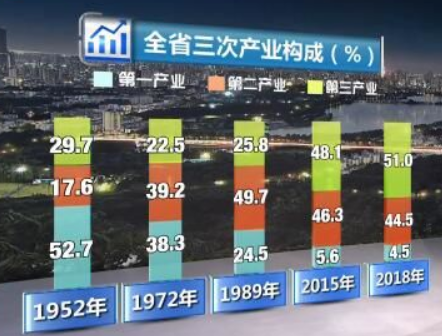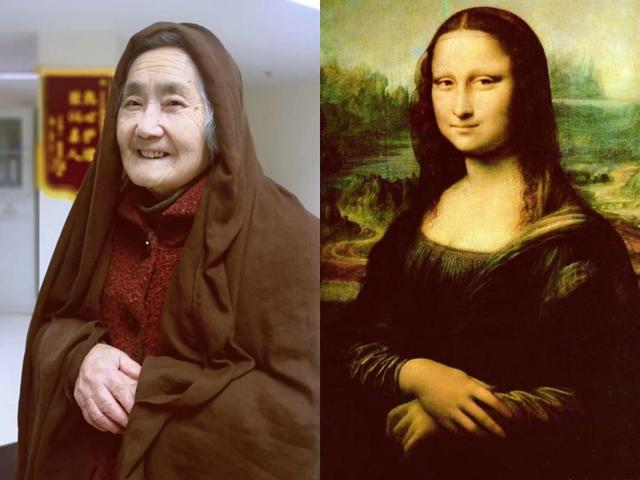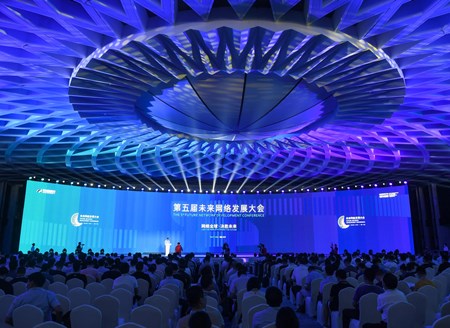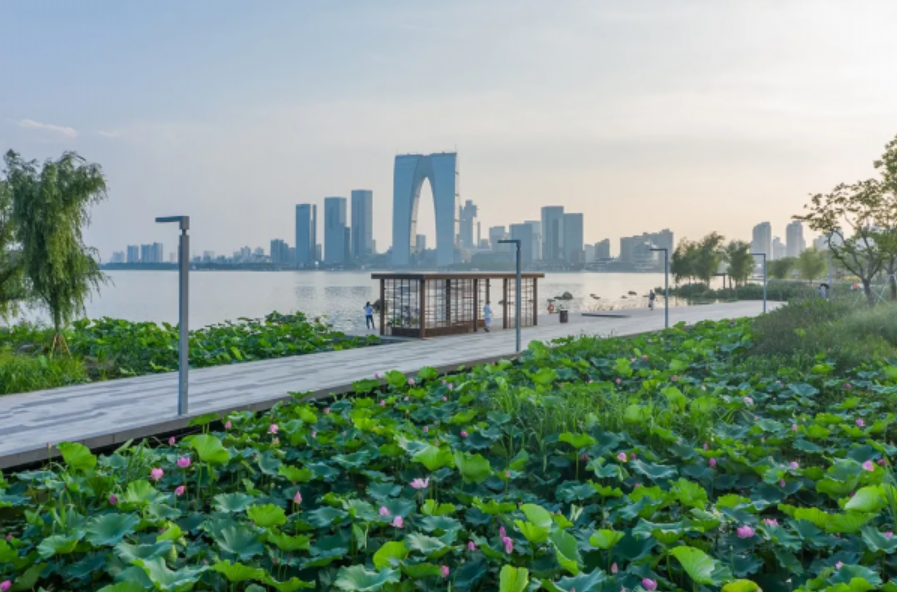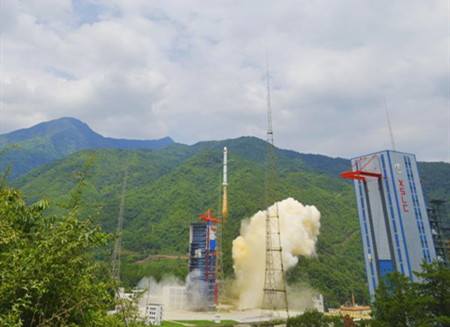East China’s Jiangsu province has made monumental changes in its industrial restructuring since the founding of the People’s Republic of China in 1949.
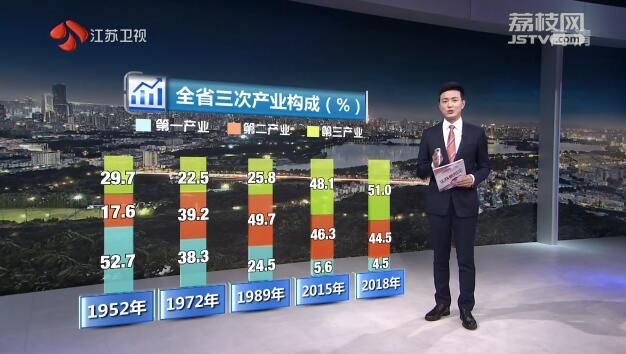
In the early years of New China, agriculture contributed more than half of the province’s entire added value.
Through years of development, the secondary industry gradually replaced the primary industry with the order of sequence changing from the primary, secondary and tertiary in the 1950s to secondary, primary and tertiary in 1972.
Since the country’s reform and opening up, the tertiary industry has gained growth momentum, as is evidenced by the fact that the tertiary industry became the leading industry in 1989, changing the sequence from secondary, primary and tertiary to secondary, tertiary and primary.
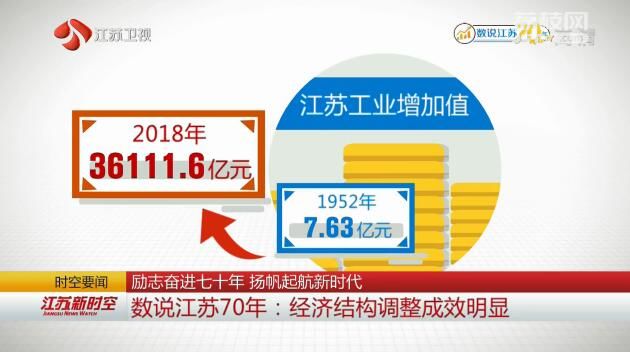
In 2005, the province’s secondary industry reached the highest level since the founding of New China.
In 2015, the tertiary industry replaced the secondary industry for the first time, changing the sequence to tertiary, secondary and primary.
Since 2016, the tertiary industry has contributed to 50% of the province’s entire added value.
In the meantime, Jiangsu has made big strides toward medium and high end of the industrial chains. Its industrial added value increased from 763 million yuan in 1952 to 3.6 trillion yuan in 2018, raising its contribution to the province’s economic aggregate from 15.8% to 51.3%, the highest ever in history.
Emerging industries and the high-tech sector contributed 32% and 43.8% to the province’s industrial added value in 2018.
The export of hi-tech products exceeded more than 1 trillion yuan, accounting for 38% of the province’s entire export volume.
One fifth of China’s exported hi-tech products are made in Jiangsu.
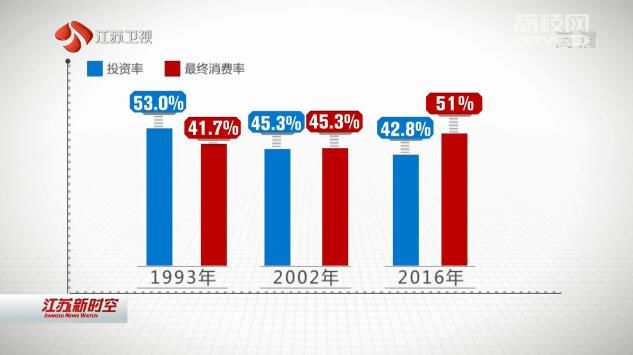
The modern service industry has developed rapidly. In 2018, the province's productive services accounted for more than 80% of the entire service industry, and the high-tech service industry, strategic emerging service industry, and technology service industry reported double-digit growth, promoting the continuous upgrading of household consumption.
In the meantime, Jiangsu has continued to optimize its demand structures. With the deepening of reform and opening up, the proportion of final consumption in Jiangsu has gradually increased. In 2002, the final consumption rate and investment rate were flat.
The 18th National Congress of the Communist Party of China clearly promoted the strategic adjustment of the economic structure, and subsequently proposed the supply-side structural reform task. Since 2014, the final consumption rate of Jiangsu has rebounded year by year. In 2016 and 2017, it once again contributed to half of the province’s entire economic output.
